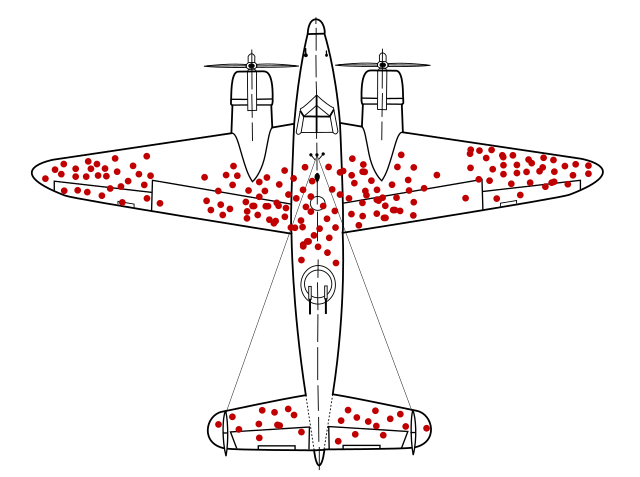Although hugely inefficient in both materials and energy.
Reliability tends to be in opposition to efficiency for mechanical stuff. Yeah, it sucks more energy which is bad, but if you use 50% less stuff for an efficient unit but end up replacing it 4 times while the old one still runs you end up using more materials.
We need a happy medium between as efficient as possible but only last for a few years and reliable but very inefficient.
Cost is the third point of the triangle. You can get good efficiency and reliability if it costs more.
The flip side is we don’t think about the old ACs that destroyed themselves inside the expected lifetime, we only see the freaks that blast on regardless of damage and just never deteriorate. If the old ones all lasted 50+ years, we wouldn’t see people needing to buy new ones.
It’s still probably the case that older devices without plastic control boards lasted longer, but it’s worth remembering that we only see the edge cases.
Also, some of the old appliances will keep trying to function even when they’ve degraded to the point of being nearly inoperable, where the new device will be able to detect that it’s not working right and shutdown, probably before it’s not worth it to run anymore, but probably in time to be reparable.
Also louder, bigger, noisier
Draft Punk
We had many of those old ACs to know they were shit. Modern ones are great compared to them.
CFC’s are great at coolimg things as long as you do not care about having an ozone layer.
Here’s the thing. CFCs were used until the manufacturers could patent the next harmful chemical to keep the profits. The replacements are also bad, it turns out. Just like how all that “BPA plastic” hubub ended up with “BPA-free plastic” that was literally just another synthetic estrogen. Same problem, but it isn’t BPA so people thought the problem was solved.
CFCs:
- Bad
HCFCs:
- Slightly less bad, but: HCFCs still have some ozone depletion potential (ODP) and are being phased out under the Montreal Protocol.
HFCs:
- HFCs do not contain chlorine, so they have zero ozone depletion potential (ODP).
- They are potent greenhouse gases with high global warming potential (GWP), leading to further phase-outs under the Kigali Amendment to the Montreal Protocol.
Now they’re shooting for:
- hydrofluoroolefins (HFOs) and natural refrigerants (like CO₂, ammonia, and hydrocarbons).
Reality is, the trope with old cooling machines being so much better than newer ones is that they didn’t care about “efficiency” when designing them and the machines just ground their compressors to death getting the job done.
New AC units use modulated power to the motors, multiple cooling stages, and other “efficiency” features to make them more energy-efficient, start more gently, and run “better” on paper (although the added complexity, as statistical analysis will show, also adds to more reasons for the machines to fail.)
I actually recently begrudgingly went from a 20 year old “last of the CFCs” type AC unit to a modern one using one of the newer-but-eventually-will-be-banned refrigerants. Didn’t want to give it up, for the trope. When all said and done, I went from a 12F degree temp differential across the old unit to 24F on the new unit. (Input temp drops by X degrees on output.)
And the CFCs were safely bottled up from the system when replaced (although they likely made a hefty profit on the stuff since it is banned but can be reused in the US.)
I thought that was over
The ozone hole is mostly repaired, because we stopped using CFC’s.
I think it’s more accurate to say the problem is mostly solved and its on track to being repaired rather than mostly repaired.
Antarctic ozone hole:
2000: 28.3 million sq km (largest recorded).
2020: 24 million sq km.
2024: 20 million sq km (approx 3x size of usa).Global ozone levels will return to 1980 levels around 2040.
Arctic ozone will recover by 2045 (currently around 1 million sq km).
Antarctic ozone hole will fully recover by 2066.Yup much like with acid rain Reagan and George HW Bush stepped up environmental regulations to confront the problem.
As most of the problem was due to America’s use of CFC’s it was their issue to solve.

I don’t get it :(
The picture is used as a classical example of survivor bias. When air planes came back after combat, they checked where all the bullet holes were. That’s what the graph shows. The naive conclusion is that the areas that have the most bullet holes should be reinforced with armour. The correct conclusion is that the areas that don’t have bullet holes are the critical zones that need to be reinforced, no planes return after getting a bullet there, which explained why there is no data showing the bullet holes in those locations.
Survivor bias.
I suppose what’s being implied, is that the only old ass air conditions that you see nowadays, are above average and that’s why they’ve survived.
Are you sure old ACs actually worked better, or are you just remembering a time from your childhood when climate change wasn’t as bad and summers were cooler?
I’ve seen frost blow out of older air-conditioning units they would run so cold…
I’ve seen that happen to newer ones. They still freeze up around here if you run them all the time.
I’m not talking freezing up I’m talking putting out 30 degree air after running for 15 minutes… Good job trying to down play the efficiency loss we suffered moving away from horrible refrigerants. We are better for it but the change In Refrigerants was the biggest cause of difference.
Hell i have had snow flakes in a car with older r12 and full on Florida humidity.




